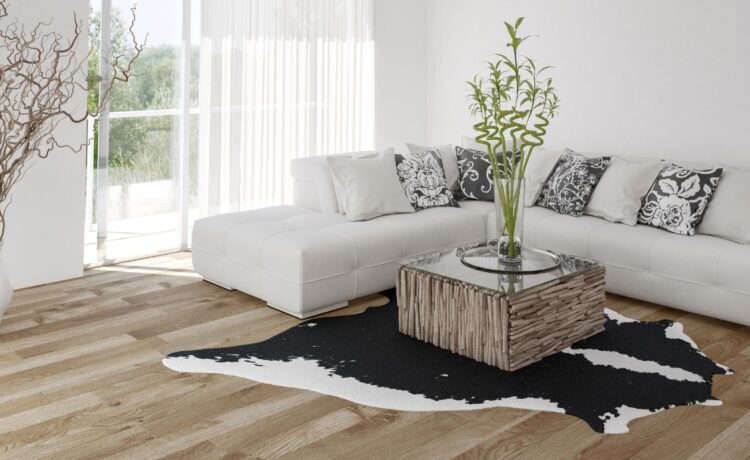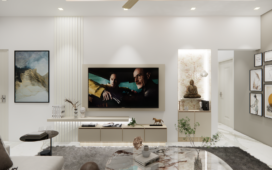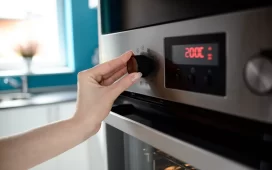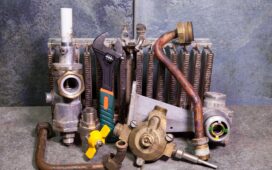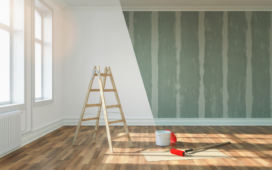Linoleum flooring, revered for its durability, eco-friendliness, and versatile design, can maintain its beauty and functionality for decades with proper care. This guide outlines effective maintenance practices designed to extend the lifespan of your linoleum flooring, ensuring it continues to enhance your space for many years.
Daily and Weekly Maintenance
Keeping Linoleum Clean
Regular cleaning is crucial in preserving the appearance and longevity of linoleum flooring:
- Sweeping or Vacuuming: Begin by removing loose dirt and debris daily. Use a soft broom or a vacuum cleaner with a suitable attachment to avoid scratching the surface.
- Mopping: Once the floor is free from debris, use a damp mop with lukewarm water mixed with a mild detergent or a specialised linoleum cleaning solution. Avoid hot water and harsh chemicals, as they can damage the linoleum.
Dealing with Spills and Stains
Linoleum is relatively resistant to stains, but prompt action is required to prevent any permanent damage:
- Immediate Action: Clean spills immediately to prevent staining. Use a clean cloth or sponge to blot the spill.
- Mild Cleaning Solutions: For tougher stains, use a baking soda paste (mix baking soda with water) applied gently with a soft cloth. For even more stubborn stains, a small amount of white vinegar can be used as an effective natural cleaner.
Periodic Deep Cleaning
Even with regular cleaning, linoleum floors can benefit from a deeper clean every few months:
- Strip and Refinish: Every couple of years, consider stripping old wax finishes and reapplying a fresh layer. Use a linoleum-specific stripper and follow up with a suitable linoleum floor polish or wax to protect and enhance the floor’s natural lustre.
- Professional Cleaning: For an extensive deep clean, hiring professional cleaners who specialise in linoleum flooring once in a while can keep the flooring in pristine condition, ensuring all residues and built-up dirt are thoroughly removed.
Protecting Linoleum Floors
Preventing Damage
- Use Furniture Pads: Place protective pads under the legs of furniture to prevent scratches and dents. When moving furniture, lift rather than drag.
- Rugs and Mats: Use doormats at entrances to minimise the amount of dirt and grit tracked onto the flooring. Area rugs can also be strategically placed in high-traffic areas to reduce wear.
- Avoid Sunlight: Prolonged exposure to direct sunlight can cause linoleum to fade. Use curtains or blinds to protect your floors from UV rays during peak hours.
Repairing Linoleum Flooring
Despite its durability, linoleum can sometimes suffer damage. Fortunately, repairs are usually straightforward:
- Minor Scratches: Minor scratches can often be buffed out using a nylon pad or fine steel wool lightly moistened with mineral oil.
- Severe Damage: In cases of severe damage, such as deep gouges or burns, it may be necessary to replace a section of flooring. If possible, save remnants from your initial installation for this purpose, as colour matching can be challenging with older floors.
By adhering to these maintenance guidelines, your linoleum flooring can retain its charm and functionality well into the future. Regular cleaning, combined with preventative measures and periodic deep cleaning, will help preserve the integrity and appearance of your linoleum, making it a lasting component of your home’s interior design.

